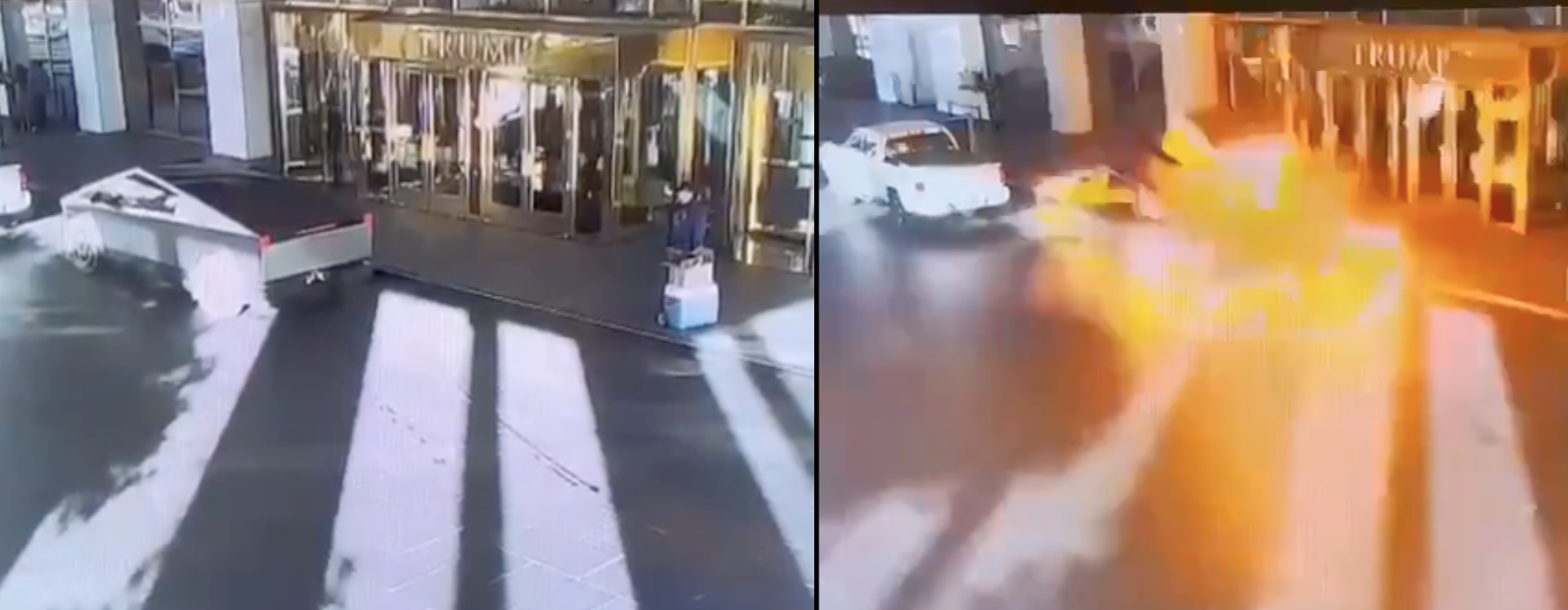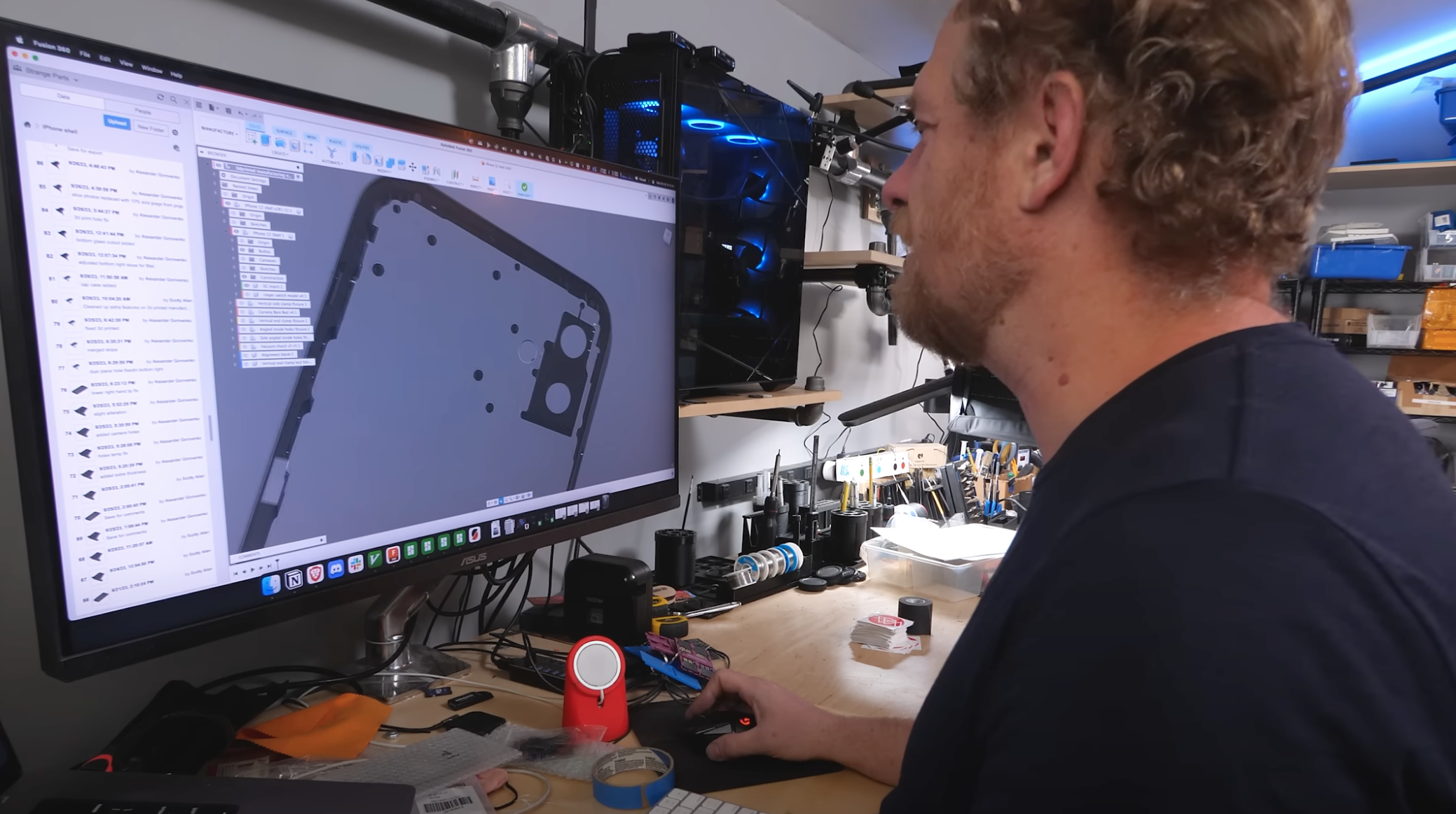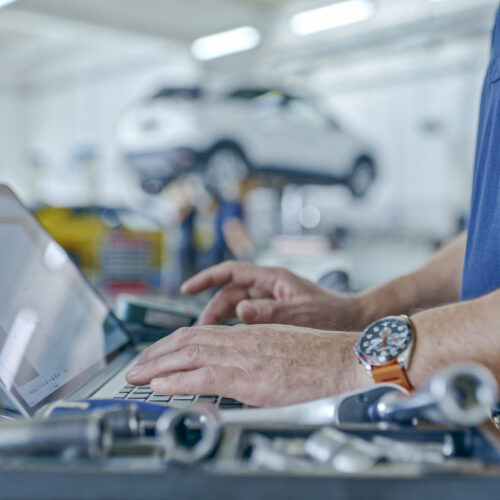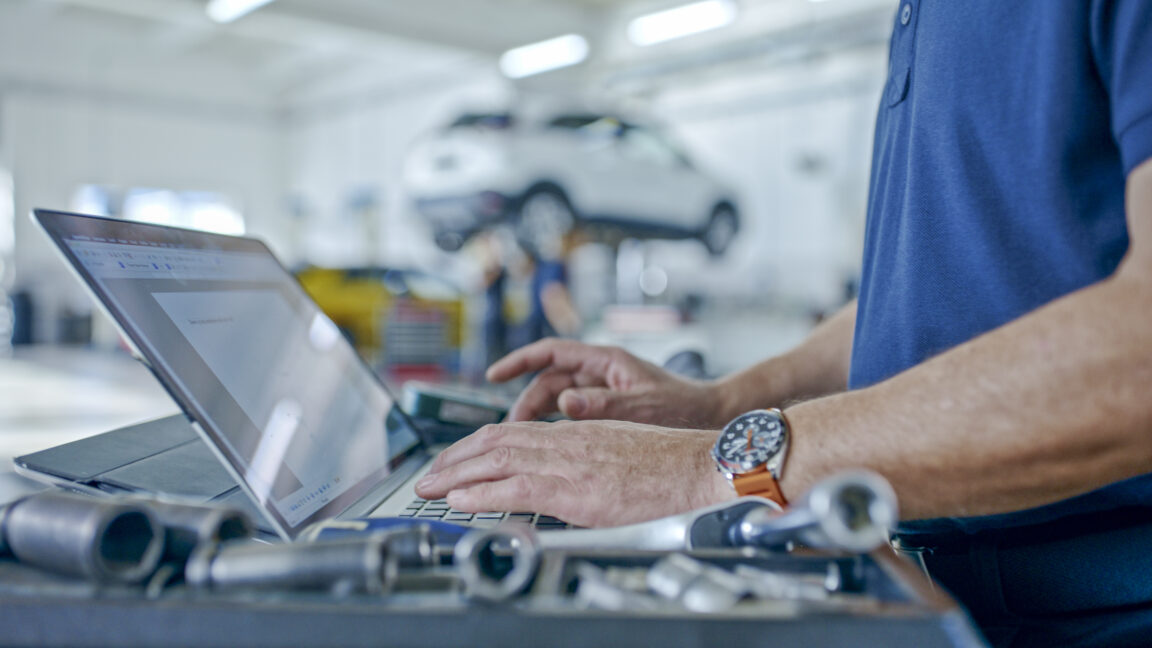Elon Musk Uses Cybertruck Explosion to Show Tesla Can Remotely Unlock and Monitor Vehicles
Subscribe

Capabilities used in or justified by extreme circumstances often become commonplace and are used for much more mundane things in the future. And so the remote investigative actions taken by Elon Musk in Wednesday’s Cybertruck explosion in Las Vegas are a warning and a reminder that Tesla owners do not actually own their Teslas, and that cars, broadly speaking, are increasingly spying on their owners and the people around them.
After the Cybertruck explosion outside of the Trump International Hotel in Vegas on Wednesday, Elon Musk remotely unlocked the Cybertruck for law enforcement and provided video from charging stations that the truck had visited to track the vehicle’s location, according to information released by law enforcement.
“We have to thank Elon Musk specifically, he gave us quite a bit of additional information in regards to—the vehicle was locked due to the nature of the force from the explosion, as well as being able to capture all of the video from Tesla charging stations across the country, he sent that directly to us, so I appreciate his help on that,” Clark County Police sheriff Kevin McKahill said in a press conference.
The fact that the CEO of a car company or someone working on his behalf can—and did—remotely unlock a specific vehicle and has the means of tracking its location as well as what Musk described as the vehicle’s “telemetry” is not surprising given everything we have learned about newer vehicles and Teslas in particular. But it is a stark reminder that while you may be able to drive your car, you increasingly do not own it, that the company that manufactured it can inject themselves into the experience whenever it wants, and that information from your private vehicle can be provided to law enforcement. Though Musk is being thanked directly by law enforcement, it is not clear whether Musk himself is performing these actions or whether he’s directing Tesla employees to do so, but Tesla having and using these powers is concerning regardless of who is doing it.


